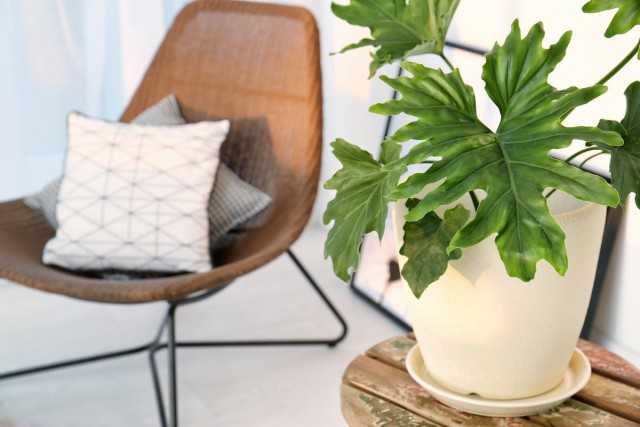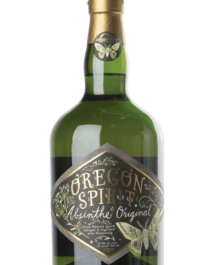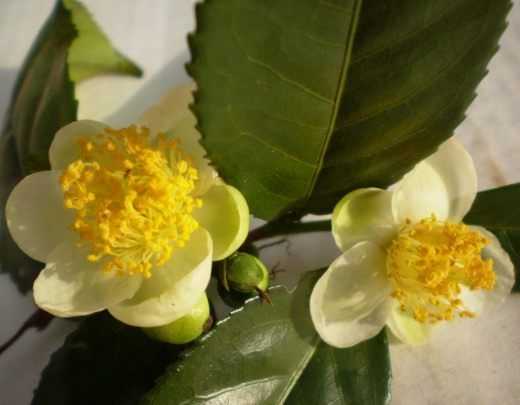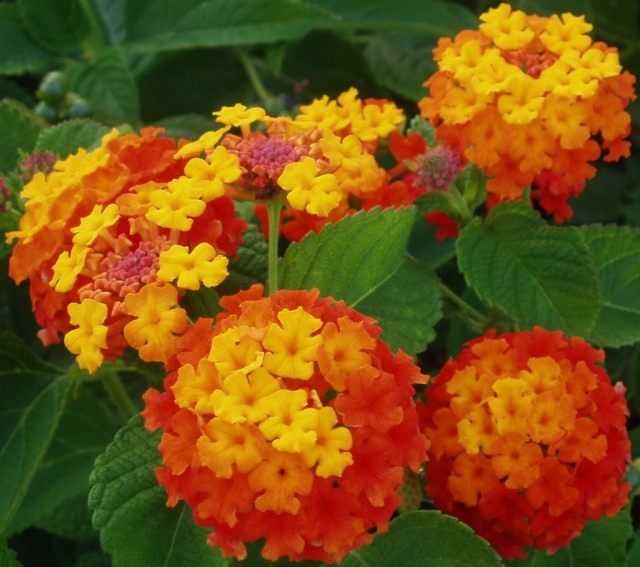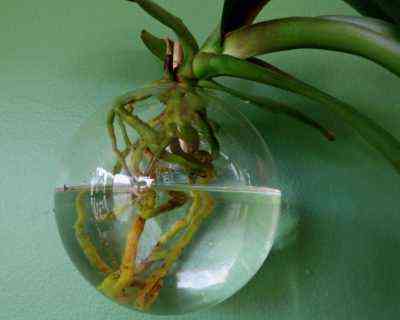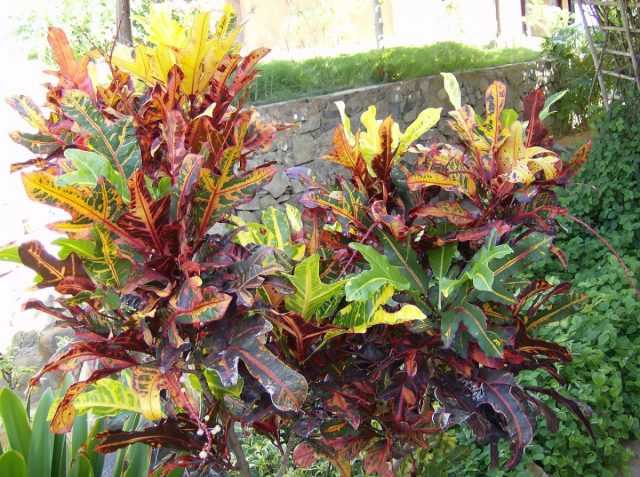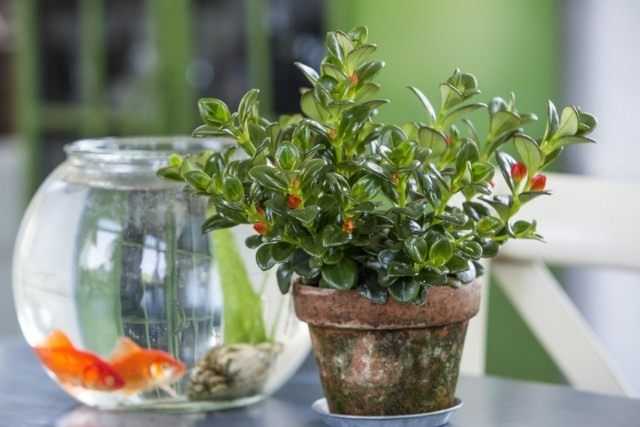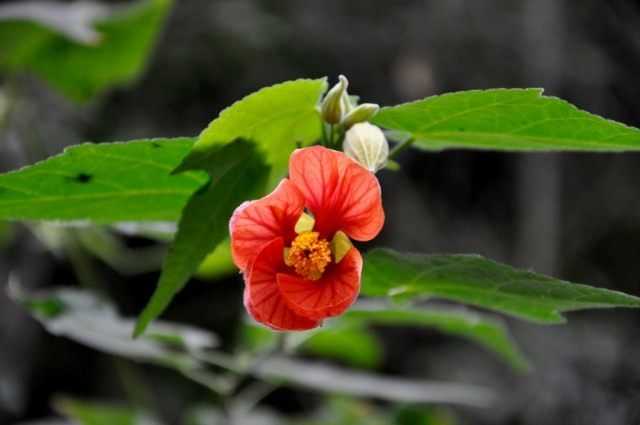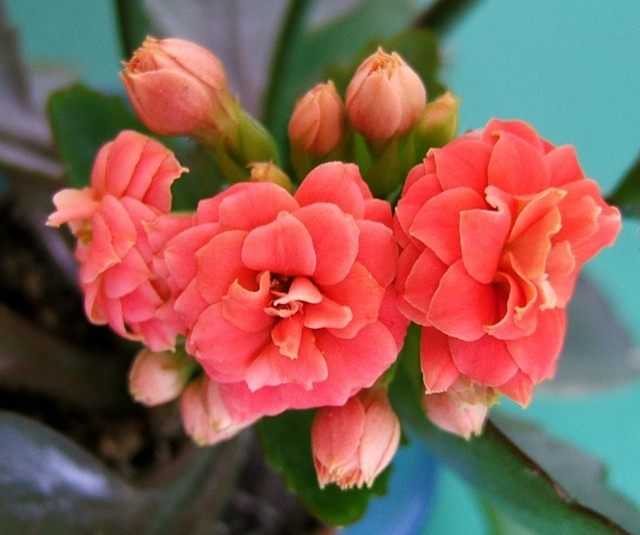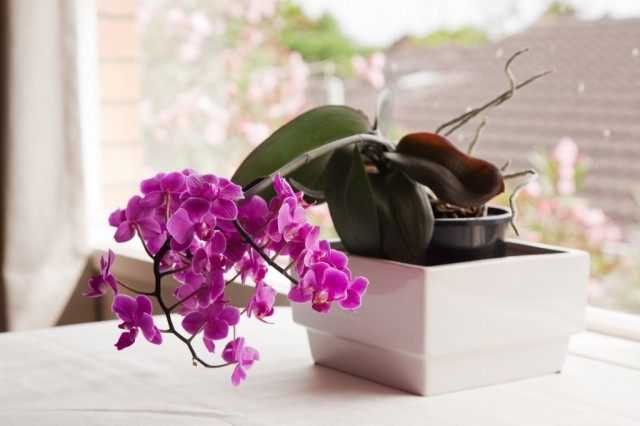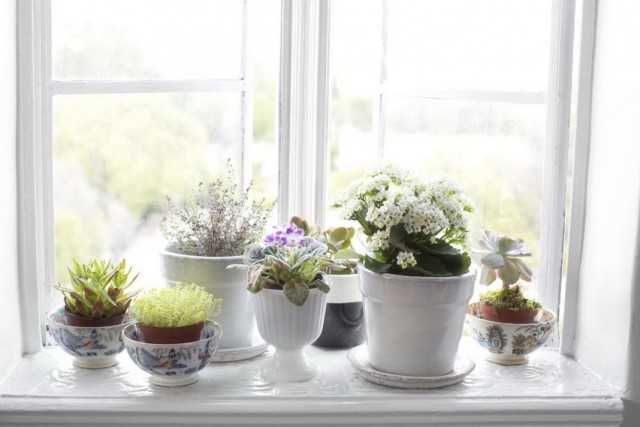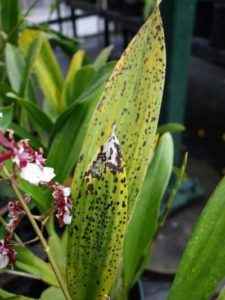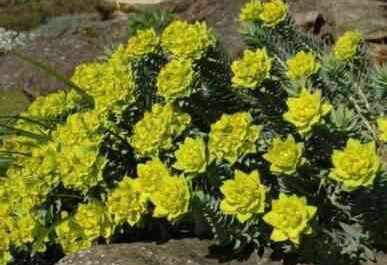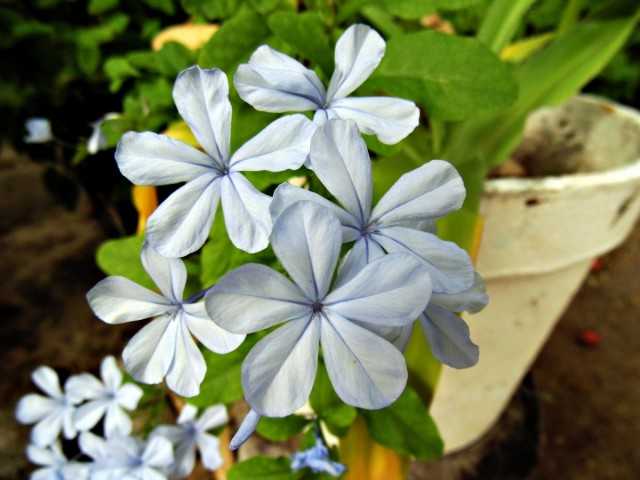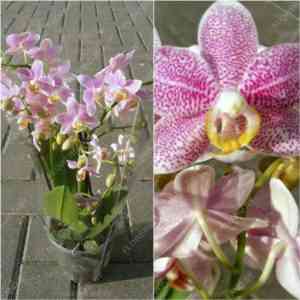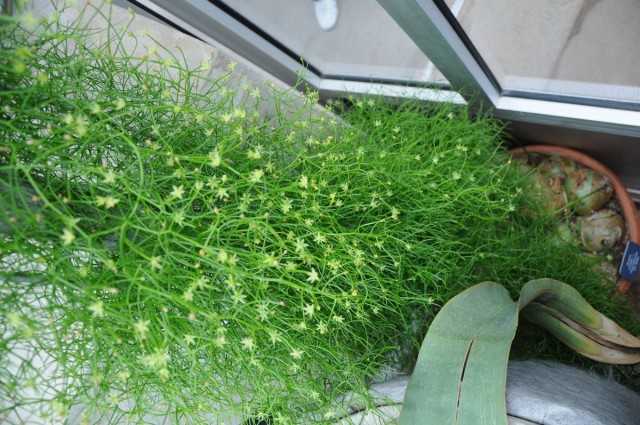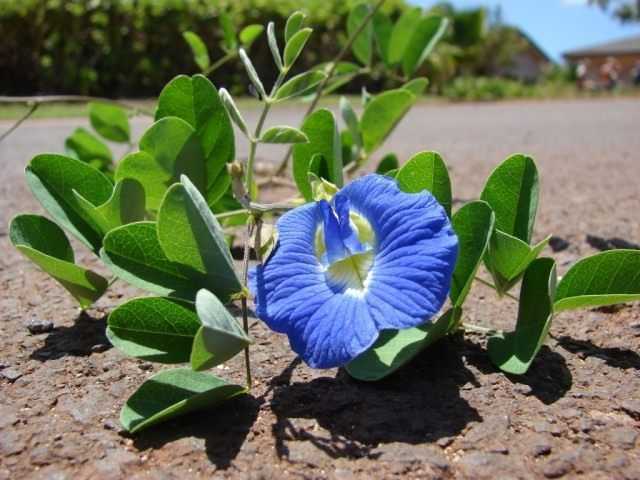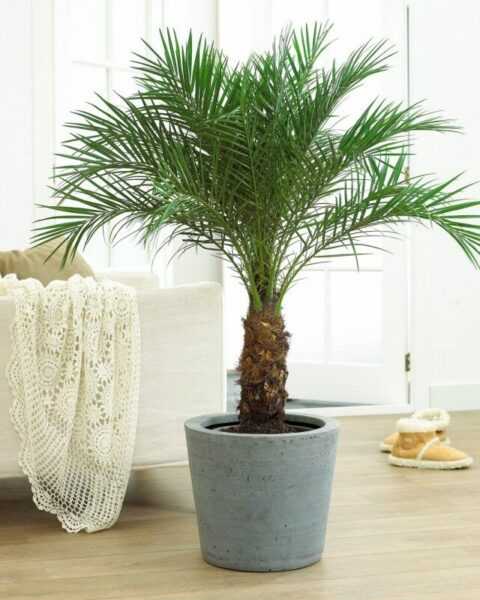Houseplants are believed to help cleanse the air of toxins, heavy metal impurities and allergens. But for those who suffer from allergic reactions, they themselves can become a source of allergies. In addition to the legendary filter plants that emit phytoncides and absorb harmful substances, there are many plants from the group dangerous for allergy sufferers. Therefore, people prone to allergies need to choose any plants for gardening at home wisely. What indoor plants are suitable for allergy sufferers, we will tell in the article.
What indoor plants are suitable for allergy sufferers?
Contents:
How is houseplant allergy manifested?
The choice of plants for growers suffering from various types of allergies, especially contact or respiratory allergies, is a big challenge. And no one can give one hundred percent recommendations or guarantees even with the “safest” plants. All allergic reactions are individual.
It is always necessary to make a start in the search for “your” indoor plant on which allergens are dangerous in each particular case. Aroma, pollen, edge or rough leaves, prickly needles or sap – all possible hazards must be analyzed and taken into account.
When purchasing indoor plants that are theoretically safe, allergy sufferers should pay attention to quarantine and try to adapt not only the plant, but also themselves to its company. Carefully monitor how you react to the closeness of any indoor pet while it is isolated from the main collection. If any signs of allergic reactions appear when entering a room with a new plant, it is worth immediately isolating it from contacts.
Symptoms of allergic reactions to indoor plants can be as follows:
- dry, most often hysterical cough;
- sneezing, uncontrolled and repetitive;
- severe nasal congestion or, conversely, a “flowing” nose;
- redness and itching of the skin, usually on the open and most tender areas;
- lacrimation, redness, swelling of the eyelids, itchy eyes, conjunctivitis;
- with prolonged contact or strong manifestation – shortness of breath, asthmatic reactions, severe headache, depression, drowsiness, apathy.
Even a properly selected plant for an allergy sufferer can still become a source of problems if the flower is not taken care of. The accumulation of dust, soil contamination (especially the development of mold at the top of the substrate or in the pallets), even in the most “friendly” species, can intensify all reactions. Not plants, but dust and dirt accumulated on their leaves, remain the main enemy for allergy-prone flower growers.
In order for plants to purify the air and bring only benefits, they must be kept clean and “shiny”. So, seemingly not too dangerous and even recommended palms or ficuses with small leaves (for example, the common favorite of Benjamin’s ficus) can become a source of allergies without hygiene. The amount of leaves also means a huge collection area for allergens and dust.
Wiping the leaves (wet on non-pubescent crops) and showering are procedures that allergy sufferers should carry out more often than recommended. Fresh air access, frequent ventilation is necessary not only for plants, but also to prevent the accumulation of allergens.
Read also our article 8 of the best indoor filter plants.

How do you choose the perfect plant for allergy sufferers?
When choosing indoor plants for interior decoration, it is worth looking for a balance between safety and decorativeness. It is not necessary to donate the latter, because flowering crops can also be conditionally hypoallergenic. It is imperative to pay attention to the markings on the labels and do not hesitate to ask the seller for details.
Before buying, you should definitely talk to the plant closer – stand nearby for at least 5 minutes, touch the leaves, sniff. As a rule, with close contact, the first signs of allergy appear vividly and immediately. When in doubt, ask to move the plant away from neighbors and make sure they don’t irritate you.
Flowering plants are the most difficult to pick, but there are some rules that will allow you to find lush accents without risking the health of an allergy sufferer:
- first of all, it is worth paying attention to pollen and stamens: the smaller and more imperceptible they are, the better (for example, orchids and begonias do not emit pollen into the air, and spathiphyllum cobs can be cut off before it starts to ripen);
- double flowers are always safer – varieties with double flowers are obtained by sacrificing the number of stamens, so they are much safer than semi-double and non-double options;
- tropical species that require high humidity are almost always safe for allergy sufferers – pollen gets into the air at times less, and dust accumulates in a completely different way.
And it is worth remembering that even for “dubious” species, you can always install a flower showcase that completely isolates the room from pollen and essential oils, or put the plant in your personal florarium.
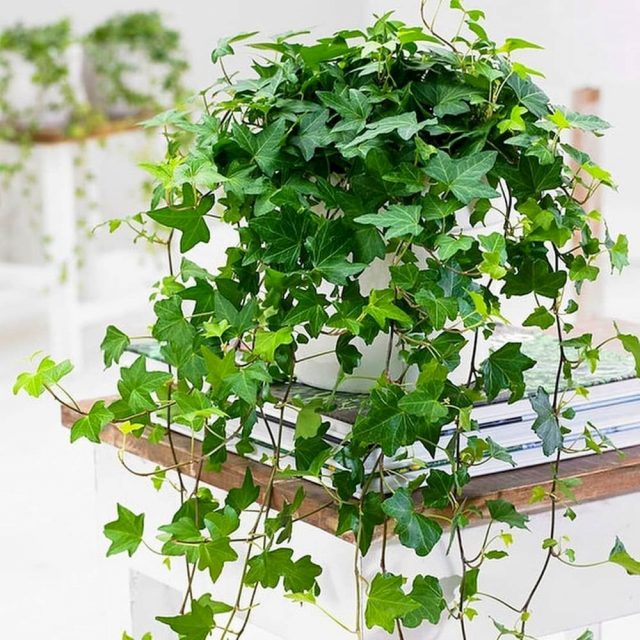
Safe indoor pets
The number of safe species for flower growers suffering from allergic reactions includes many favorites that can be safely placed even in the bedroom:
- chlorophytums;
- ivy;
- spathiphyllum;
- orchids devoid of a strong aroma (first of all, phalaenopsis is considered a hypoallergenic species);
- laurel;
- begonias (both flowering and decorative leafy);
- balsams;
- peperomias;
- dracaena;
- aloe;
- tradescantia;
- rhododendrons;
- heathers and ericas;
- croton;
- boxwood;
- pineapple, bromeliad and all its relatives (vriezia, guzmania, etc.);
- carioca, butia, trachycarpus and other types of compact palms;
- cedar;
- calissia;
- hibiscus;
- setcreasia;
- non-flowering cacti or forest flowering cacti, with the exception of species with easily breakable thorns (primarily prickly pears);
- indoor (forcing) bulbous – crocuses and daffodils;
- annual or perennial indoor garden plants – roses and hydrangeas.
Read also our article 10 reasons to house chlorophytum.
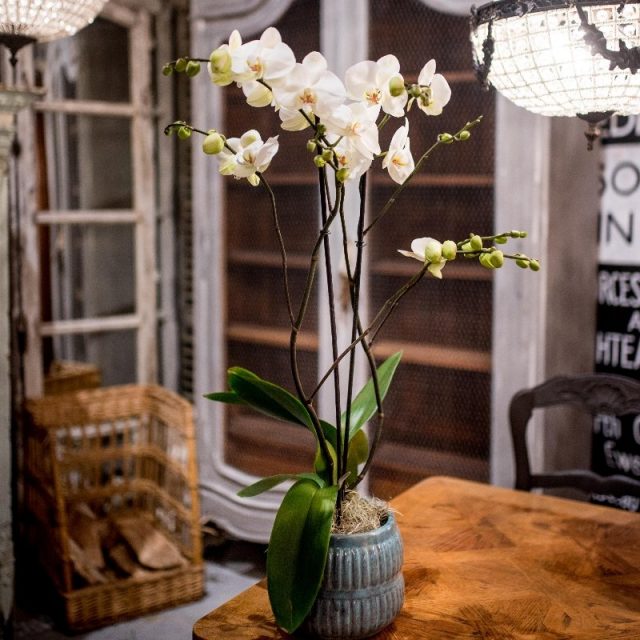
It is better to know “enemies” by sight
The best plant selection strategy for allergy sufferers is to eliminate those species that may cause harm. Allergy is most often caused by pollen, but some plants actively release alkaloids, enzymes, essential oils into the air, which can lead to allergic reactions in case of individual intolerance.
Plants belonging to the class of skin irritants or poisonous also pose a certain danger (if for plants that are not prone to allergies, the edge, thorns or sap can become only a small irritant leading to inflammation, then for allergy sufferers, contacts can become a source of much more dangerous reactions).
When choosing plants that would be “compatible” with different types of allergies, first of all, it is worth analyzing a group of flowering plants with large stamens and anthers and ferns. The spores of the latter can cause the same reaction as pollen. The type of allergy and the tendency to react to allergens is a key factor.
If there is any allergic reaction to plants and pollen in the garden or nature, it is worth discarding all fragrant flowering plants. If there have never been any reactions to flowering, you might think about introducing the safest indoor flowering species to the collection.
To plants that need to be attributed to list of “prohibited” for allergy sufferers, it is worth adding:
- all poisonous indoor plantsthat are highly irritating to the skin (aglaonema, philodendrons, dieffenbachia, alocasia, milkweed, akalifa, fat woman, cyclamen, etc.);
- medicinal herbs and plants (Kalanchoe, lavender, oregano, thyme, rosemary, etc.);
- garden and indoor species with basket inflorescences (gerbera, aster, chrysanthemum).
Plants with a very intense aroma, especially nocturnal ones (eucharis, krinum, allamanda, catharanthus, lilies, aristolochia, oleander, camellia, abutilon, citrus fruits, etc.), must also be excluded for any type of allergy. And plants that actively release essential oils (pelargonium, myrtle, cypress and other indoor conifers).
